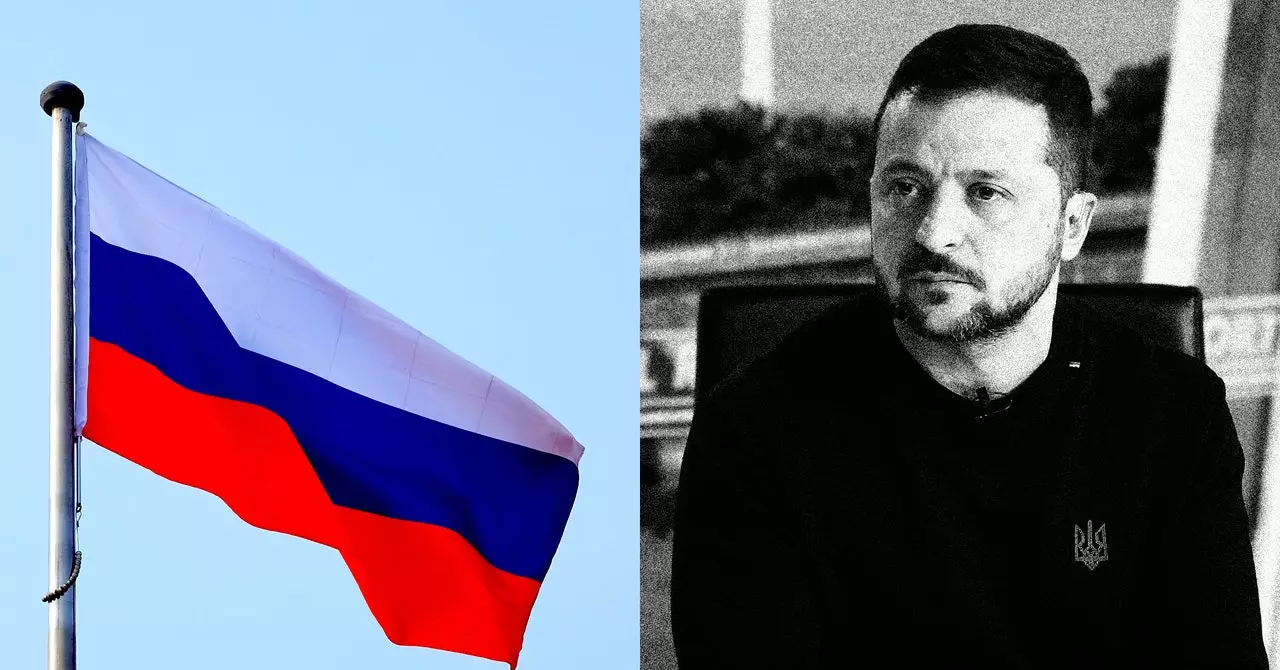In the fast-paced world of the internet, misinformation and disinformation can spread like wildfire. A recent incident involving a piece of Russian disinformation about Ukrainian President Volodymyr Zelensky’s wife purchasing a Bugatti car with American aid money is a clear example of how quickly false narratives can travel across the web. What started as a news story on an unknown French website soon became a trending topic on social media platforms like X and the top search result on Google.
The article in question was published on a website called Vérité Cachée, claiming that Olena Zelenska had become the first owner of a $4.8 million Bugatti Tourbillon during a trip to Paris with her husband. The story included a video of a man claiming to work at the dealership, but both the video and the website itself were found to be fake. Vérité Cachée is part of a network of websites believed to be linked to the Russian government, which spreads propaganda and disinformation using generative AI technology to create and manipulate content.
Numerous Russian media outlets, many of which are controlled by the Kremlin, covered the Bugatti story and cited Vérité Cachée as a credible source. The false narrative was then spread through pro-Kremlin Telegram channels with large followings and promoted by fake bot accounts on social media platforms like X. Despite Bugatti issuing a statement debunking the story, it continued to gain traction online, reaching a wider audience through English-language websites and social media posts from influencers like Jackson Hinkle.
The rapid spread of the fake Bugatti story from an obscure website to a top search result on Google is a glaring example of the power of disinformation in the digital age. By exploiting loopholes in online platforms and leveraging AI technology, bad actors can easily manipulate public perceptions and undermine trust in online information sources. In a matter of hours, a completely fabricated story can go viral, leading to widespread confusion and misinformation.
As we navigate the vast landscape of the internet, it is crucial to approach online information with caution and critical thinking. The incident involving the fake Bugatti story serves as a stark reminder of the dangers of digital disinformation and the importance of verifying sources before sharing information online. By staying vigilant and discerning between fact and fiction, we can help safeguard the integrity of online discourse and combat the spread of false narratives in the digital realm.


Leave a Reply